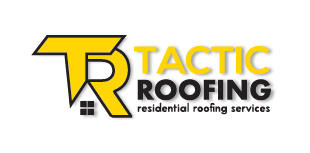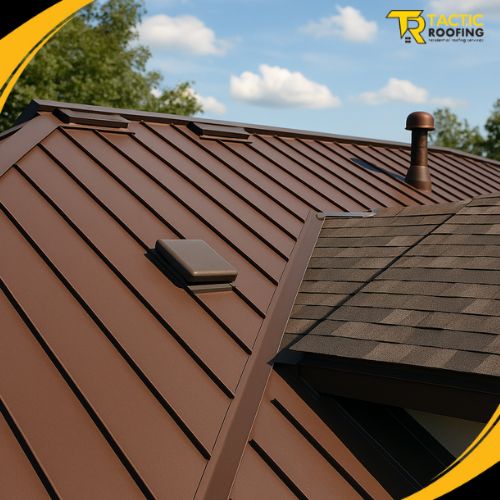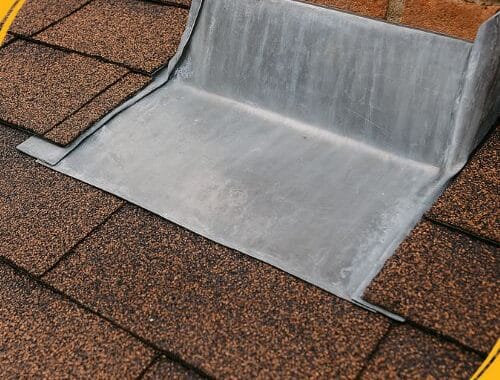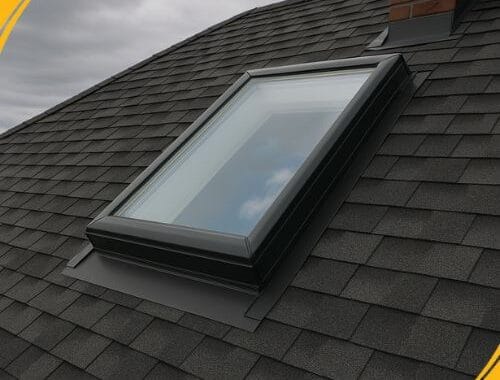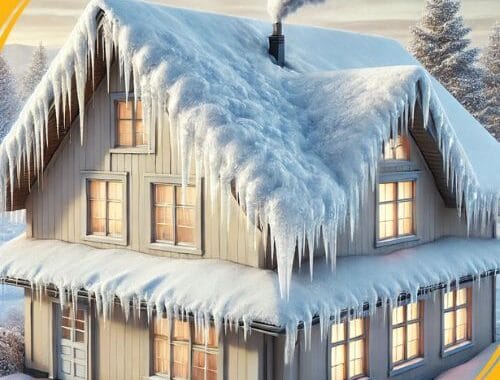When you live in a high-wind area, the roof over your head becomes more than a design element—it becomes your home’s first line of defense. From hurricane-prone coasts to tornado-tested plains, selecting the right roofing material can mean the difference between riding out the storm in peace or facing extensive, expensive repairs. This guide will walk you through the best roofing materials for high-wind zones, explain why proper installation and key features like roof flashing and roof ventilation matter, and show how experts like Tactic Roofing can help you make the safest choice for your home.
Understanding Wind Ratings and Roofing Resilience
Let’s start with the basics: not all roofs are built the same. Roofing materials are rated for their ability to resist wind uplift—essentially, the force that tries to pull roofing elements away during a strong gust or storm. These ratings, measured in miles per hour (mph), are crucial in high-wind zones.
For example, standard asphalt shingles may be rated for winds up to 60–80 mph, while impact-resistant architectural shingles can handle up to 130 mph or more. But it’s not just about the material. The method of installation, the slope of your roof, and your home’s orientation to prevailing winds all affect performance.
Top Roofing Materials for Wind Resistance
1. Metal Roofing
Metal roofs aren’t just sleek and modern—they’re among the toughest options when it comes to withstanding wind. Properly installed metal panels can resist winds up to 140–160 mph, making them ideal for coastal or hurricane-prone areas.
They’re also lightweight, fire-resistant, and often come with reflective coatings that help regulate indoor temperatures. For homeowners looking for longevity, metal roofs can last 40–70 years with minimal maintenance—especially with strong roof flashing protecting vulnerable joints.
2. Architectural Shingles
A big upgrade from basic 3-tab shingles, architectural or dimensional shingles are heavier, thicker, and more securely bonded. This gives them added durability and wind resistance, often up to 130 mph with proper nailing patterns and sealing.
They also offer aesthetic variety, mimicking the look of wood or slate, and are more affordable than premium materials like tile or metal. Pair them with solid underlayment and professional-grade flashing, and you have a solid defense against wind.
3. Concrete and Clay Tiles
Heavier materials like concrete or clay tiles naturally resist wind uplift due to their weight. However, their success in high-wind areas depends largely on how well they’re fastened. Modern tile systems include secure clips, foam adhesives, and anchoring techniques that prevent individual tiles from becoming airborne.
It’s worth noting that tiles require a reinforced roof structure due to their weight, so this option is best for homeowners who are either building new or upgrading extensively.
4. Synthetic Roofing Materials
Technology is changing the roofing game. Synthetic options—made from rubber, plastic composites, or polymer blends—are designed for flexibility and impact resistance. Brands in this space offer shingles and shakes tested for wind speeds of 110–190 mph.
They’re lightweight, mimic natural materials, and are often easier to install than heavy tiles. The key here is to ensure they’re paired with high-quality underlayment and proper roof flashing to seal edges and corners.
Installation Matters More Than You Think
Even the most wind-resistant roofing material will fail if installed improperly. That’s why the team at Tactic Roofing puts a heavy emphasis on craftsmanship and detail. Everything from how nails are driven into shingles, to the placement of roof flashing, to the integration of roof ventilation plays a role in how your roof performs under pressure.
In high-wind areas, roofing isn’t just construction—it’s engineering. The pros at Tactic Roofing understand wind patterns, building codes, and product specs, and they tailor each job to maximize protection and performance.
Why Roof Flashing and Ventilation Are Non-Negotiables
Many homeowners focus on the visible parts of the roof—shingles, tiles, color. But the unsung heroes are often the small, hidden details like roof flashing and roof ventilation.
- Roof Flashing: This thin metal sheeting is applied around chimneys, skylights, vents, and valleys. In high-wind areas, wind-driven rain can force water into these weak points. Proper flashing keeps water out and ensures that gusts don’t lift roofing materials.
- Roof Ventilation: Without adequate airflow, heat and moisture can build up in the attic, weakening structural materials and reducing roof life. Plus, good ventilation helps equalize pressure during storms, reducing the chance of blow-offs or collapses.
Investing in these systems isn’t just smart—it’s essential.
Tactic Roofing: Local Experts with a Storm-Ready Mindset
Choosing a roofing partner who knows your environment is everything. Tactic Roofing specializes in high-wind zone roofing, offering personalized assessments, material recommendations, and flawless installations that go the extra mile.
Their team doesn’t just throw up shingles and call it a day. They perform wind uplift tests, evaluate your current ventilation system, and custom-fit roof flashing to your unique roof geometry. The result? A resilient, durable roof built to protect your most important investment.
Homeowner Tips for Wind-Resistant Roofing
Here are some actionable steps homeowners can take:
- Inspect After Every Storm: Wind may loosen flashing or pull at shingles. Quick inspections help prevent small issues from becoming major repairs.
- Secure Loose Objects: Trampolines, grills, and patio furniture can become flying projectiles in a storm. Keep your roof safe by securing your yard.
- Trim Trees Regularly: Overhanging branches can crash onto your roof. Keeping them trimmed minimizes damage.
- Upgrade as Needed: If your current roof is aging or underperforming, don’t wait for disaster. Start planning a roof upgrade with Tactic Roofing.
- Schedule a Wind-Resistance Audit: Let the professionals examine your roof’s current wind resistance and provide a plan for strengthening it.
Final Thoughts
Mother Nature doesn’t pull her punches—but your roof shouldn’t either. Whether you’re battling hurricane-force winds or frequent gusty storms, having the right materials, proper installation, and essential components like roof ventilation and roof flashing makes all the difference.
With Tactic Roofing, you’re not just getting a roof—you’re gaining peace of mind. Their commitment to precision, protection, and customer satisfaction ensures that your home is ready for whatever the skies may bring.
Don’t gamble with your safety. Invest in a wind-resistant roofing solution that stands tall in the storm. Let Tactic Roofing be your shield against the elements.
